Reviewed by Corey Noles
Samsung's Galaxy Z Flip series just got its most significant upgrade yet—a 4.1-inch edge-to-edge cover screen that finally makes the outside display feel like a real screen instead of a glorified notification panel. After years of cramped 3.4-inch displays that required squinting, the Z Flip 7 and its budget sibling, the Z Flip 7 FE, promise a more practical flip phone experience. But here's the thing: hardware improvements mean nothing if Samsung keeps software restrictions in place.
What You Need to Know:
Galaxy Z Flip 7 features a 4.1-inch cover screen, up from 3.4 inches on the Flip 6
Samsung now allows up to four widgets on one cover screen page
Z Flip 7 FE maintains the older 3.4-inch display but gets widget upgrades too
Both models launch with seven years of software support
The cover screen evolution we've been waiting for
Samsung's finally delivered on the promise of a truly usable cover screen. The Z Flip 7's 4.1-inch display spans edge-to-edge and wraps around the dual cameras, creating a seamless look that puts previous generations to shame. Having reviewed every generation of Samsung's flip phones since the original, this represents the most dramatic improvement in everyday usability I've ever seen from Samsung's foldable team.
The hardware upgrades transform daily interactions. Both displays can reach 2,600 nits of brightness with 120Hz refresh rates—a major improvement over the Flip 6's 60Hz cover screen that makes scrolling widgets and viewing photos significantly smoother. During three weeks of testing, the difference becomes apparent in scenarios like quickly checking calendar appointments or reviewing messages without unfolding the device. The main foldable display also grew from 6.7 inches to 6.9 inches, while the overall phone got thinner at 13.7mm when folded versus 14.9mm on its predecessor.
But it's the Z Flip 7 FE that tells the more revealing story. Despite keeping the same 3.4-inch FlexWindow as the Flip 6, this $899 budget model gets the same widget improvements as its premium sibling. This proves Samsung's software restrictions on cover screens have never been about hardware limitations—they're strategic choices that could have been implemented years earlier.
What makes the widget upgrade actually meaningful
The biggest change isn't just screen size—it's Samsung's decision to allow up to four widgets on one cover screen page. This addresses the fundamental flaw in Samsung's previous approach: treating the cover screen like an oversized smartwatch rather than a miniature phone display. Samsung's conservative philosophy stems from their ecosystem strategy—they want users engaging with Samsung-optimized experiences rather than third-party alternatives that might dilute their software integration.
Now you can finally customize your setup with any Android widget, not just Samsung's pre-approved selection. The widget upgrade extends to older models too—Samsung will bring this feature to previous Galaxy Z Flip phones via the One UI 8 update, suggesting this enhancement was held back for strategic rather than technical reasons.
The timing reveals Samsung's response to competitive pressure. Motorola's been offering this level of flexibility for years, with the Razr Ultra letting you run virtually any app on its cover screen within seconds. Samsung's approach still requires diving into Labs settings and downloading Good Lock for full app support—a deliberate friction point that protects Samsung's software ecosystem while appearing to offer choice.
Why Samsung's software limitations hold it back
Despite the larger display and widget improvements, Samsung's fundamental philosophy creates frustrating dead ends. You still can't run Android apps natively without Good Lock and MultiStar, and—more puzzling—Samsung completely removed some features that worked on older models, like 4x4 app widgets that were functionally possible on previous generations.
The widget success makes the app limitations more glaring. When Samsung proves they can enhance cover screen functionality with software updates across generations, their continued app restrictions feel arbitrary rather than protective. The process remains needlessly complex: activate apps in Labs settings, download Good Lock from Samsung's store, then configure MultiStar for the apps you actually want to use.
This approach reflects Samsung's broader strategic tension between innovation and control. They want to lead in foldable hardware while maintaining software ecosystem boundaries that keep users locked into Samsung services. Meanwhile, everything described here can be matched on the Motorola Razr Ultra within seconds without requiring additional downloads or settings tweaks.
The competitive disadvantage becomes more apparent when you consider pricing. The Razr Ultra routinely goes on sale for $1,100—the same price as the Galaxy Z Flip 7—while offering a Snapdragon 8 Elite processor, 16GB of RAM, and 512GB of base storage compared to Samsung's Exynos 2500 with 12GB RAM. Samsung's software philosophy is forcing them to compete with superior hardware specifications while offering artificially limited functionality.
Where Samsung actually delivers on the promise
The Z Flip 7 isn't all compromises. The larger battery proves its worth in real-world use, with the 4,300mAh cell delivering nearly 19 hours of web browsing—three hours better than the Flip 6. After weeks of daily testing, this translates to genuine confidence in all-day usage, finally eliminating the battery anxiety that plagued earlier flip phone adopters.
Samsung's seven-year software commitment also stands out in the flip phone space. While Motorola offers just three years of Android updates, Samsung promises seven years of major software upgrades and security updates for both the Z Flip 7 and 7 FE. This represents genuine long-term value that justifies Samsung's premium positioning for users prioritizing device longevity.
The cover screen excels in one specific area that reveals Samsung's strategic direction: Gemini integration works seamlessly on the outer display, making AI interactions more natural than on previous generations. Samsung's Now Brief also provides useful at-a-glance information without needing to unfold the phone. Samsung is betting that AI integration will become the primary differentiator, making traditional app limitations less relevant as voice and AI interfaces mature.
The bottom line: Hardware's ready, software's still catching up
Samsung's hardware team delivered exactly what flip phone users wanted: a larger, brighter, faster cover screen that finally feels premium. The 4.1-inch display addresses the biggest complaint about previous Z Flip models, while the improved battery life and slimmer design show Samsung's engineering prowess in action.
But the software story remains strategically constrained rather than technically limited. The bigger cover screen hasn't been the game-changer it should be because Samsung continues prioritizing ecosystem control over user convenience. When Motorola can offer full app support out of the box while Samsung requires multiple downloads and settings changes, the choice reveals competing philosophies about user experience versus platform strategy.
The Z Flip 7 represents Samsung's most capable flip phone yet—with the caveat that capability comes with corporate boundaries. For users who want maximum cover screen functionality without software gymnastics, the Motorola Razr Ultra remains more compelling at similar pricing. Samsung's got the hardware foundation right, but they're choosing not to fully unleash it. Whether AI integration eventually makes traditional app access less relevant remains the bet Samsung's making on the future of mobile interaction.




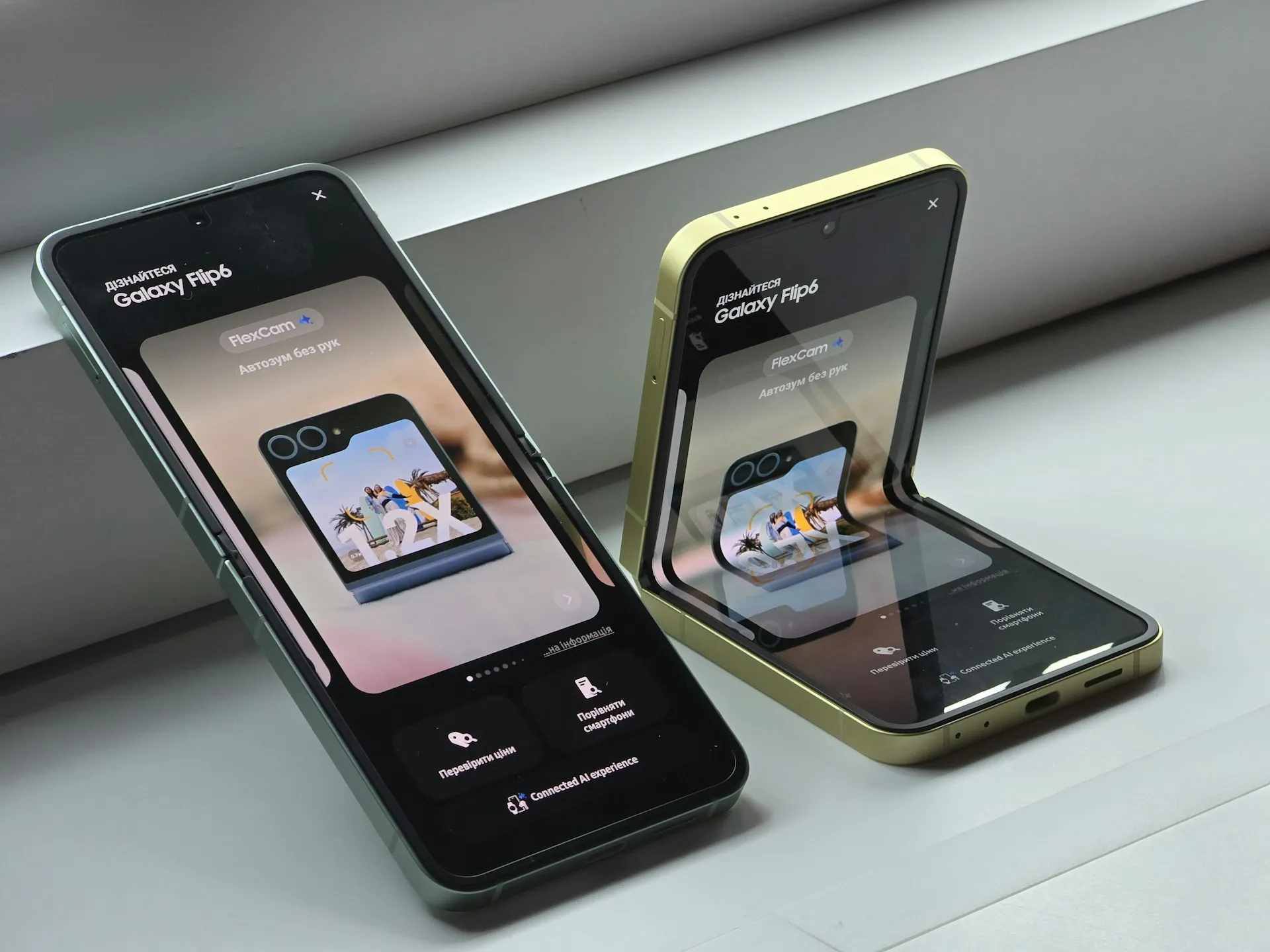
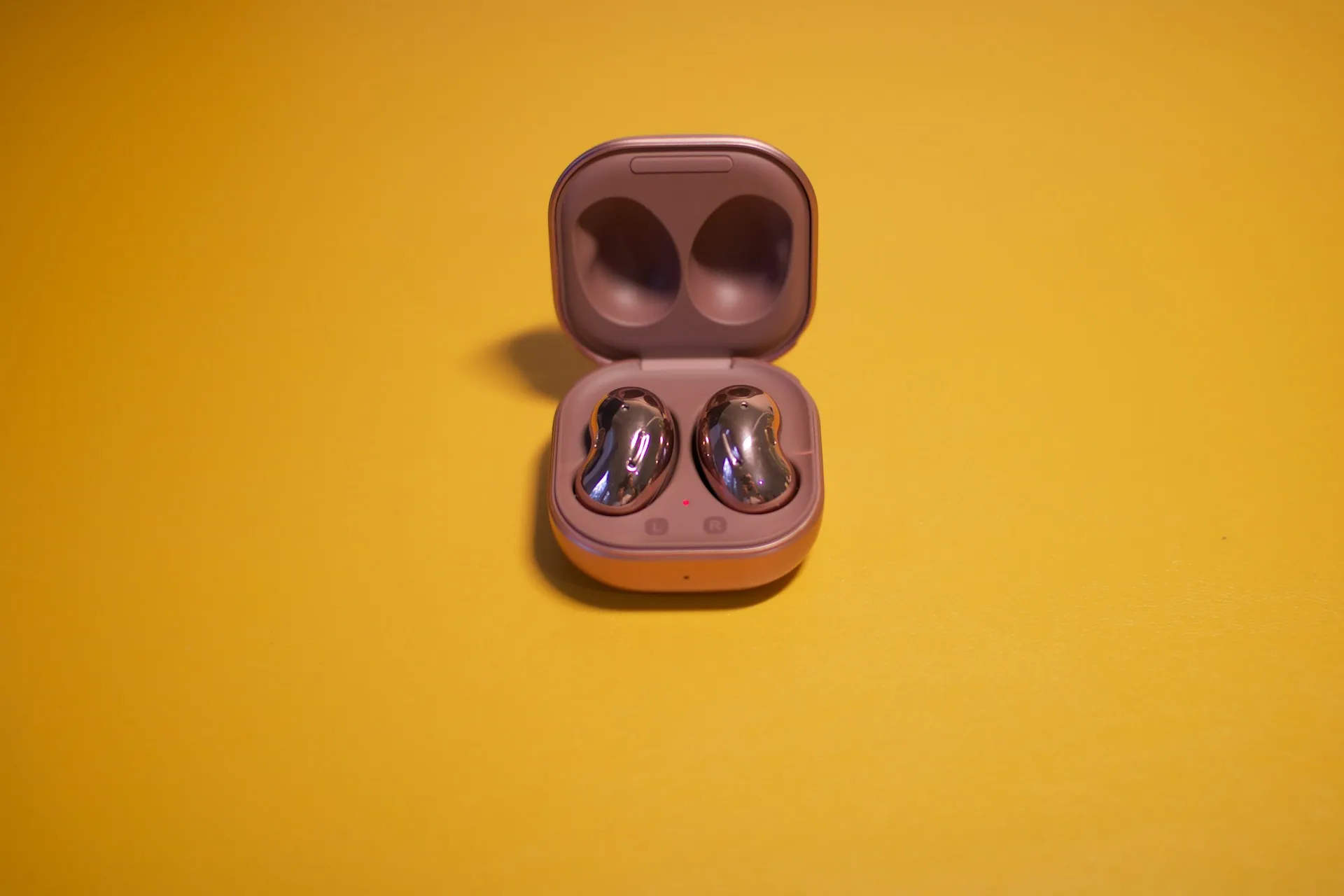
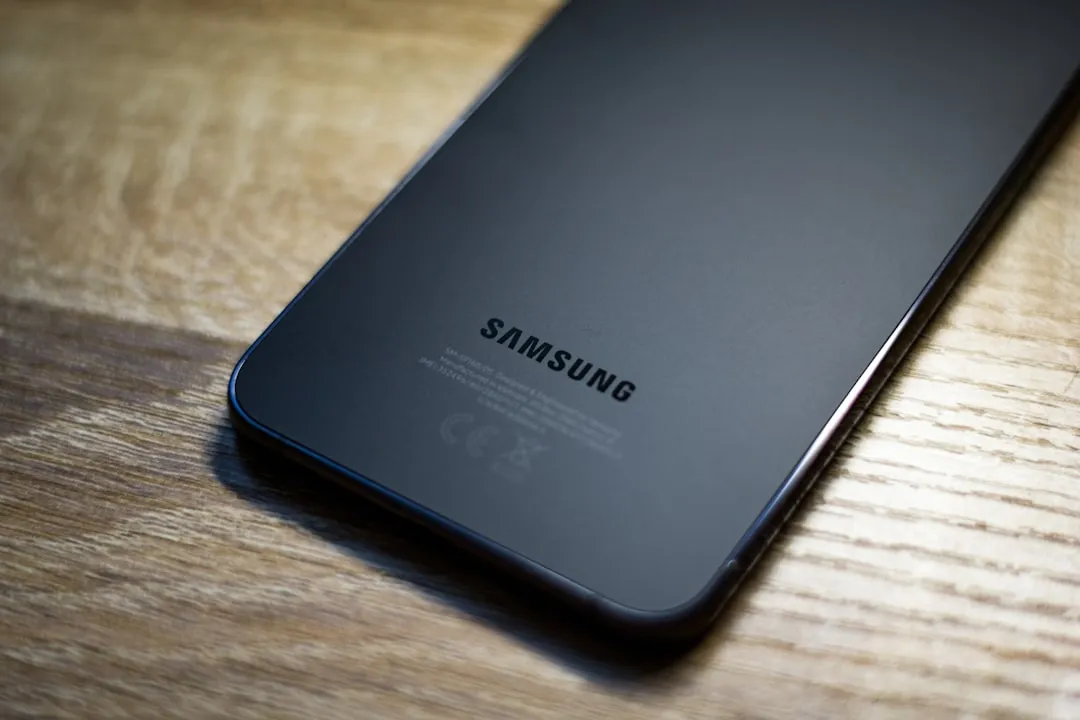
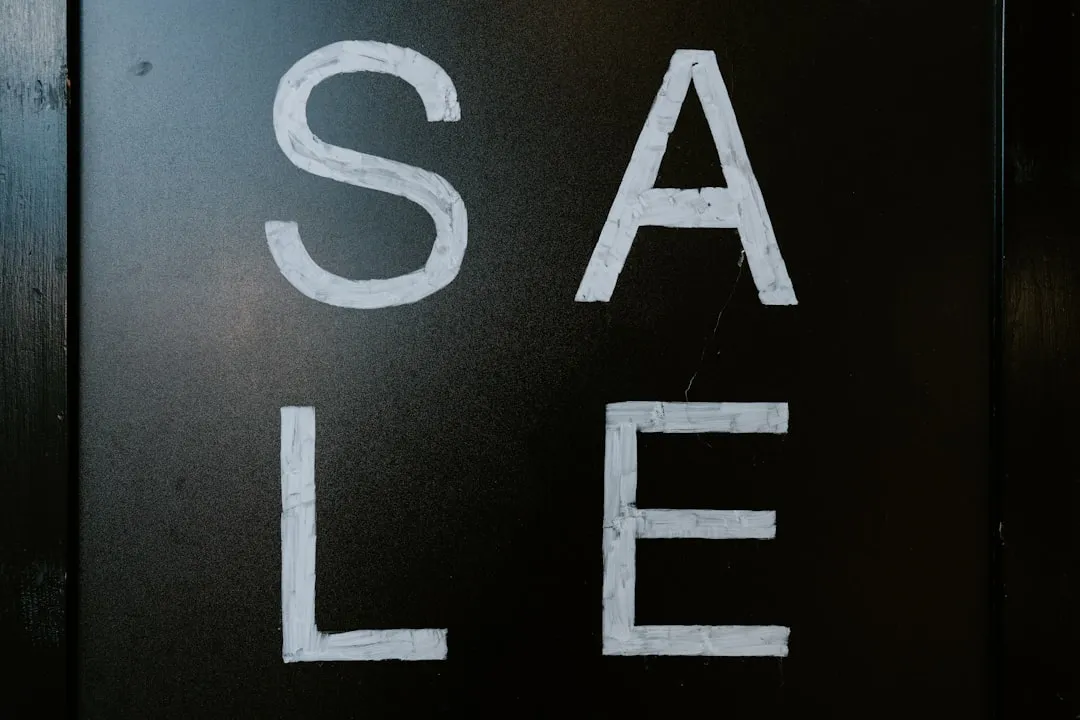
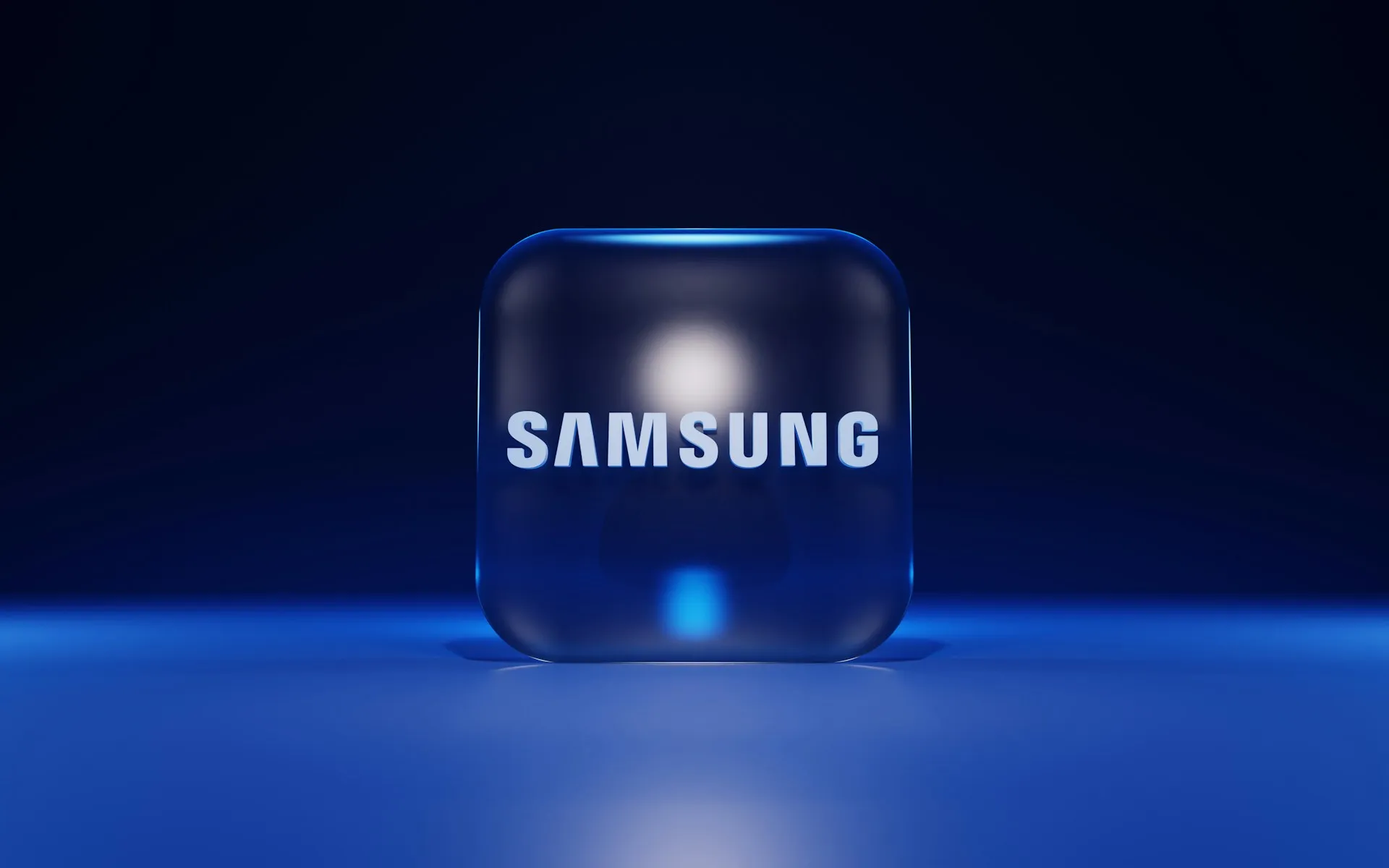
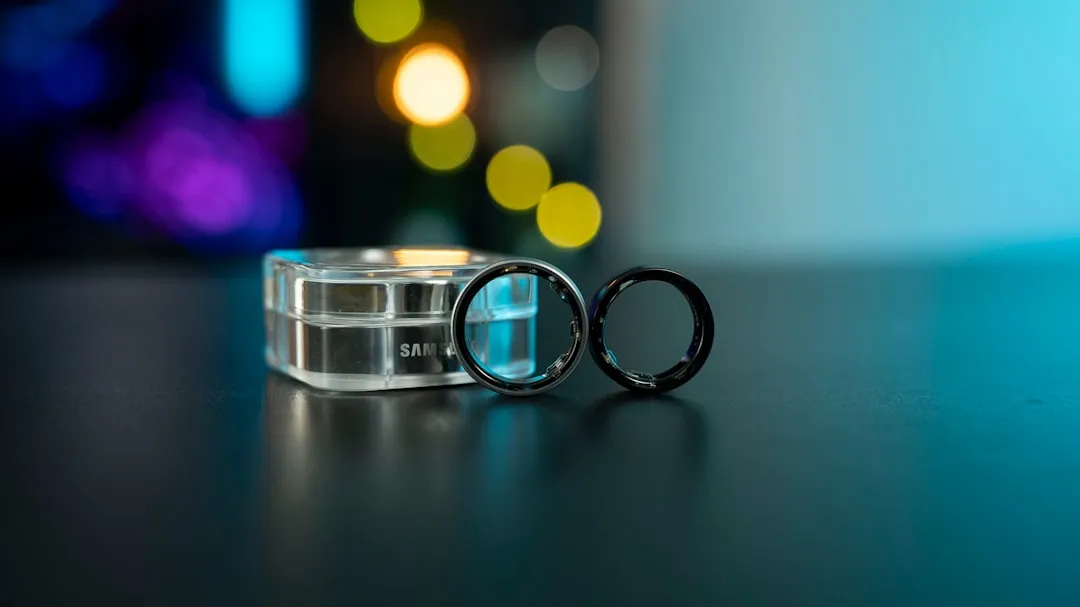

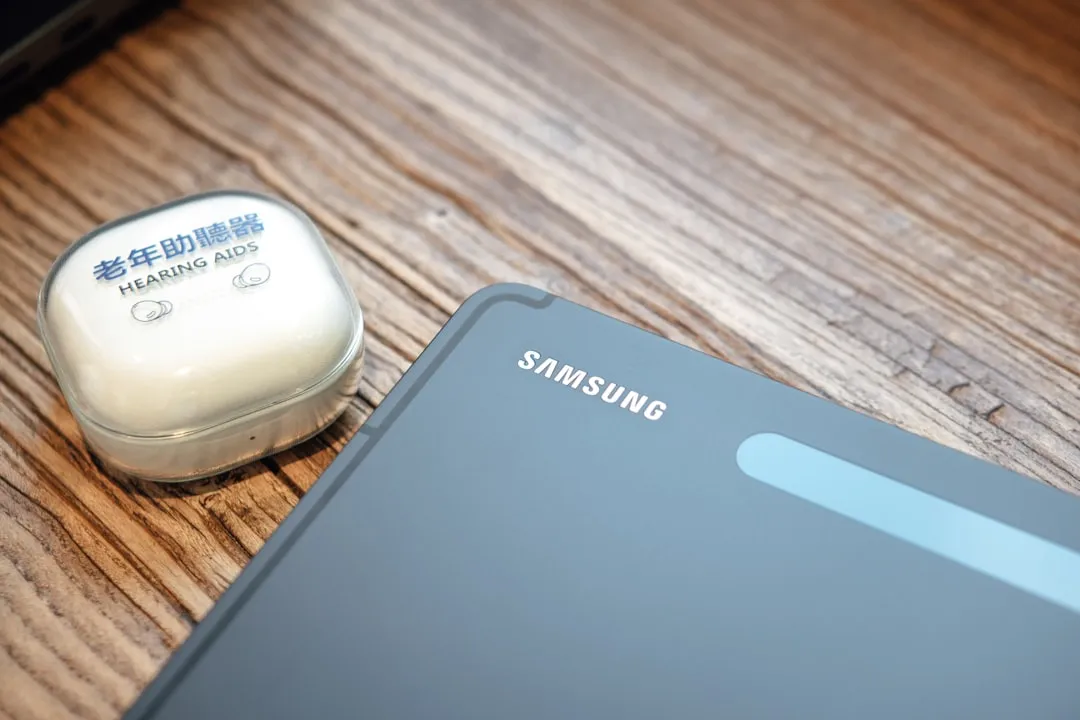
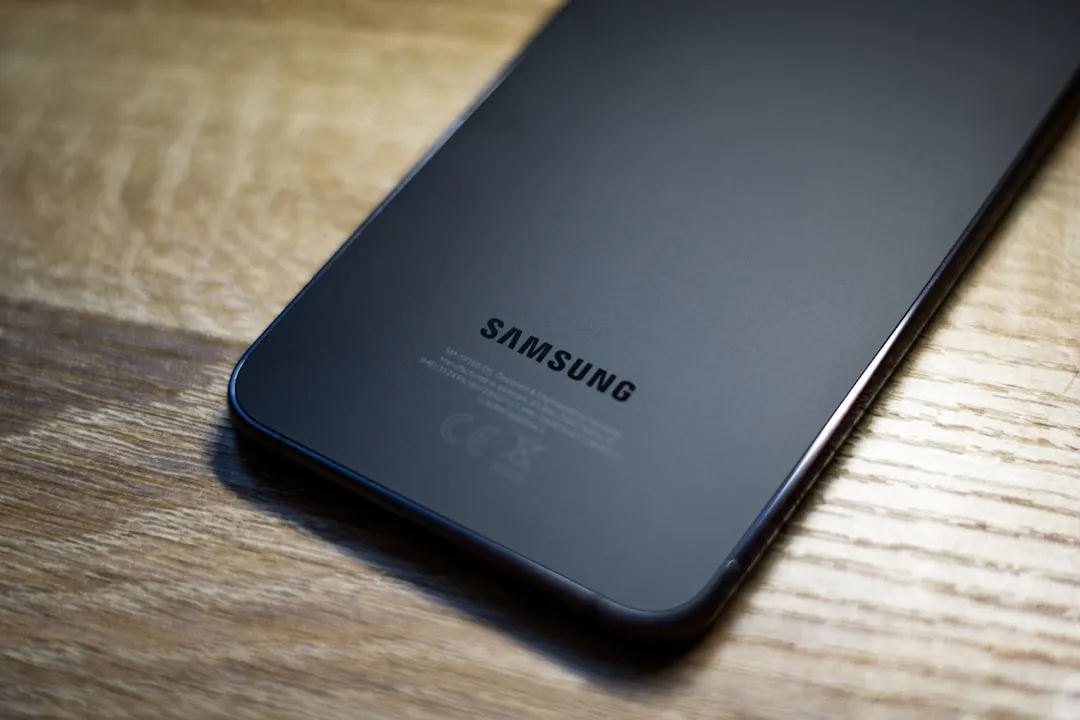



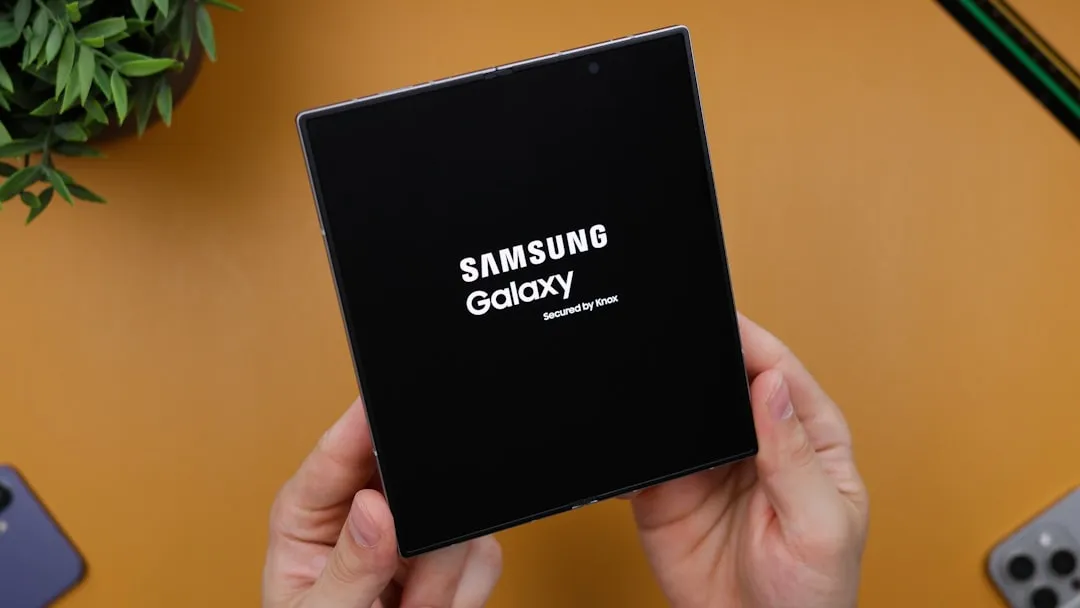
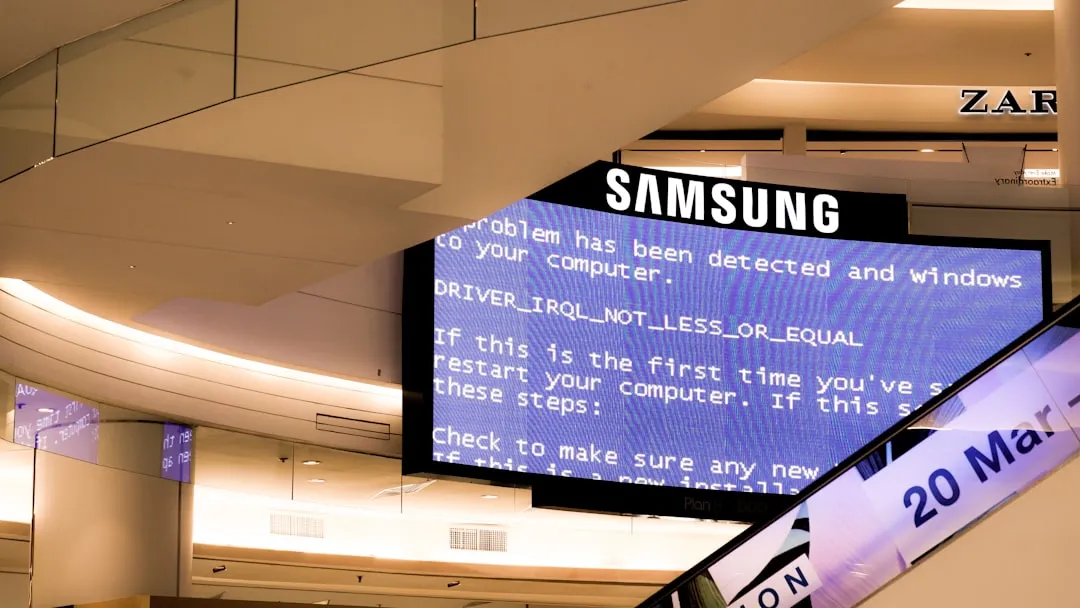
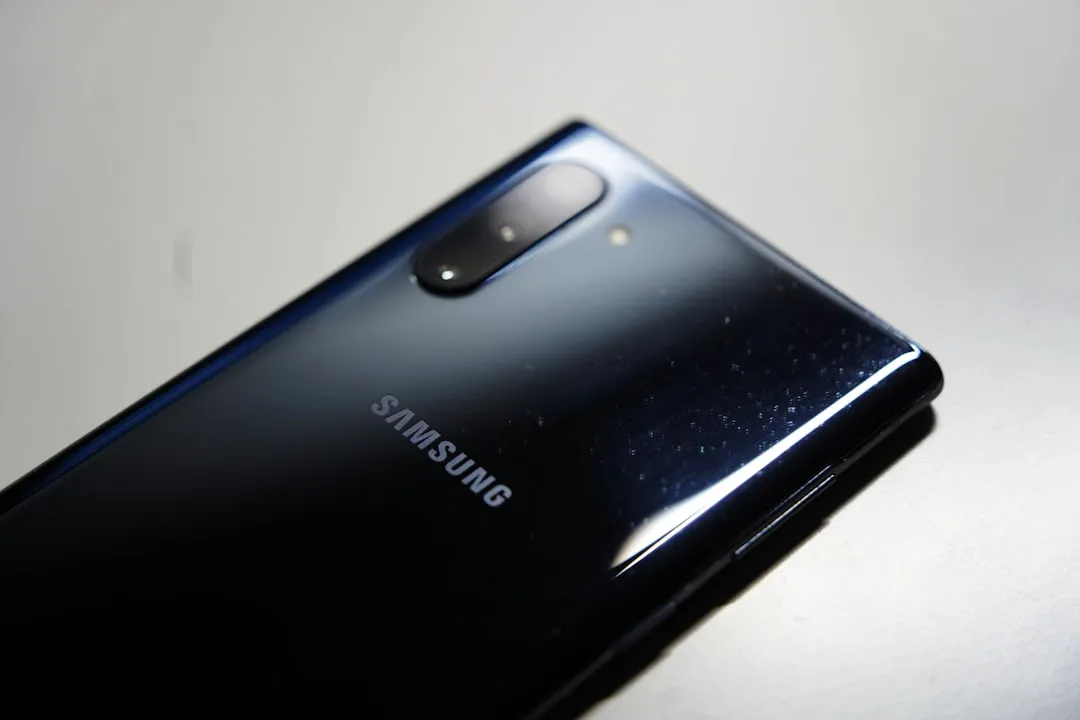
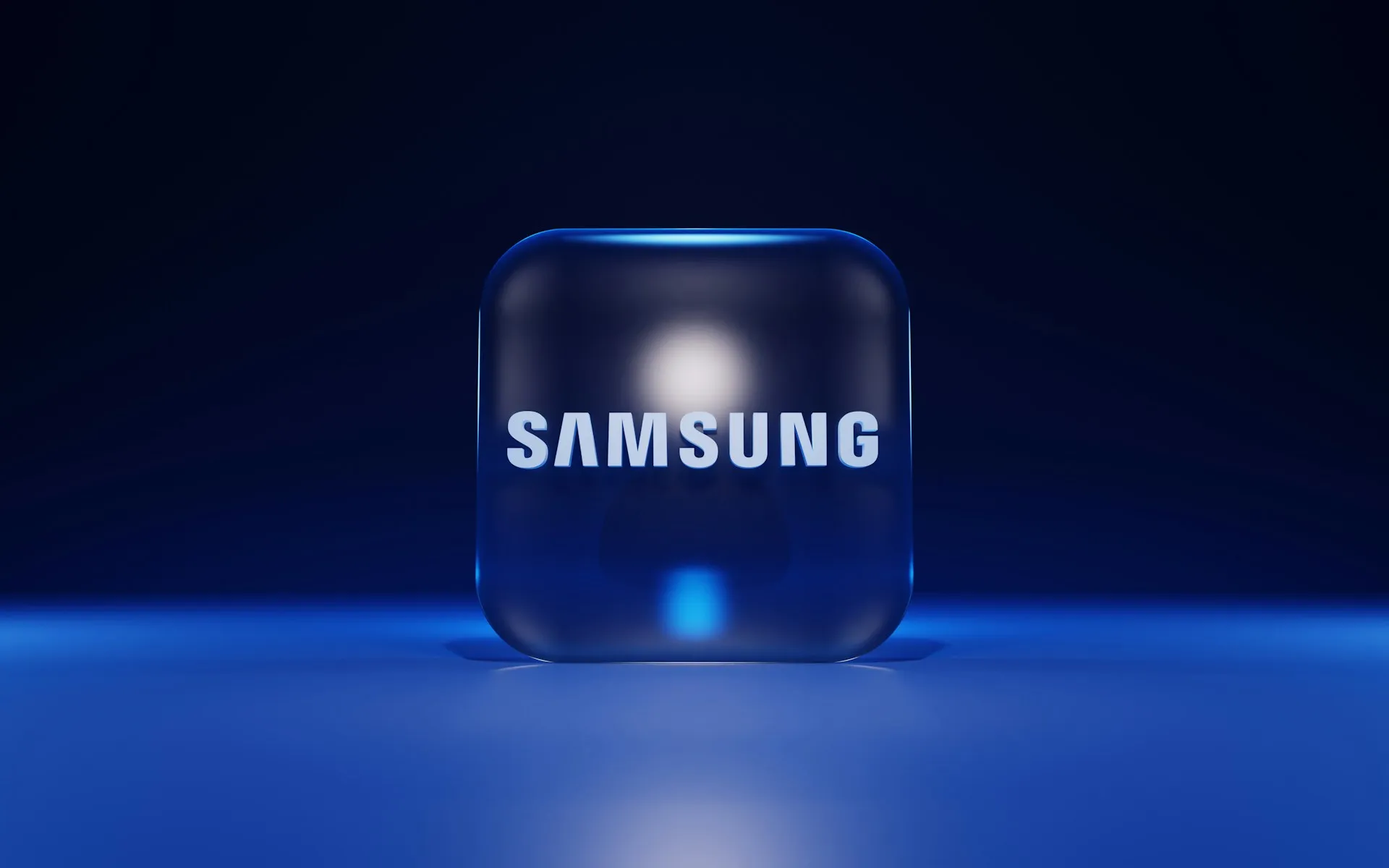
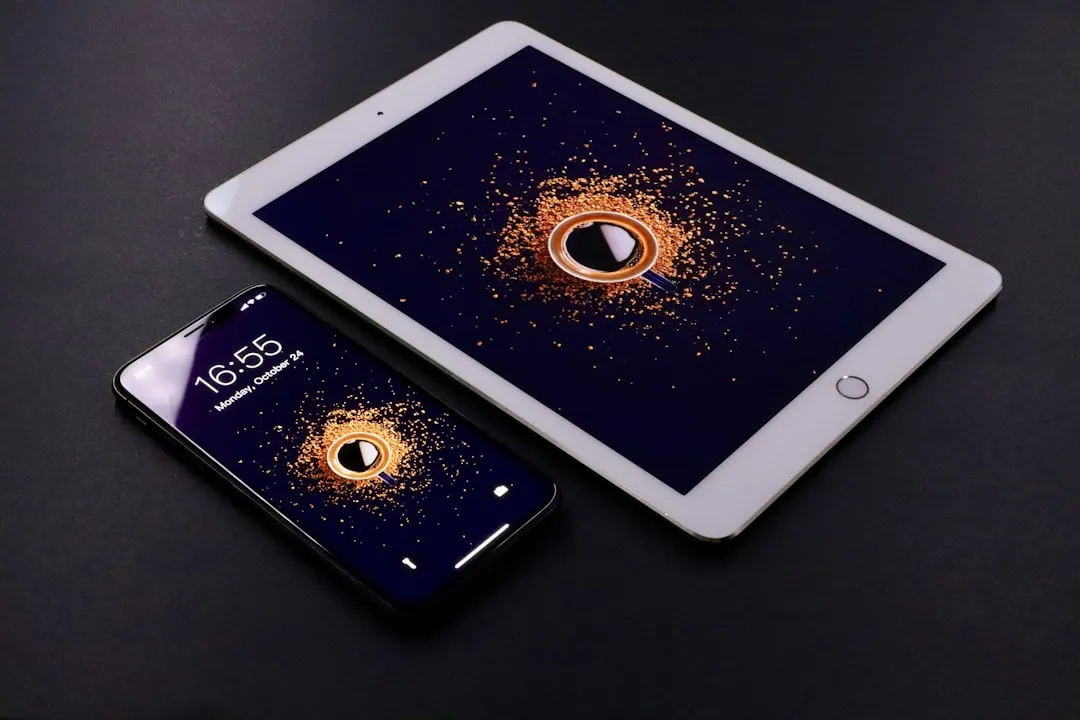
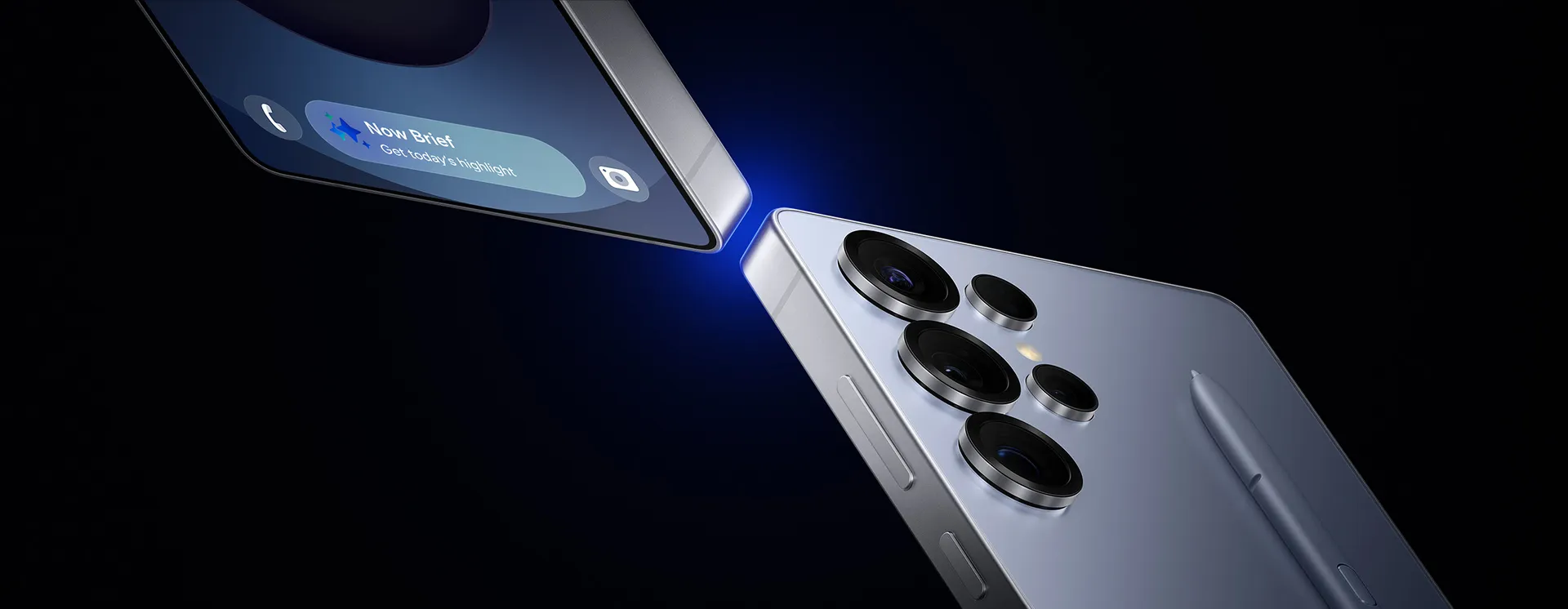

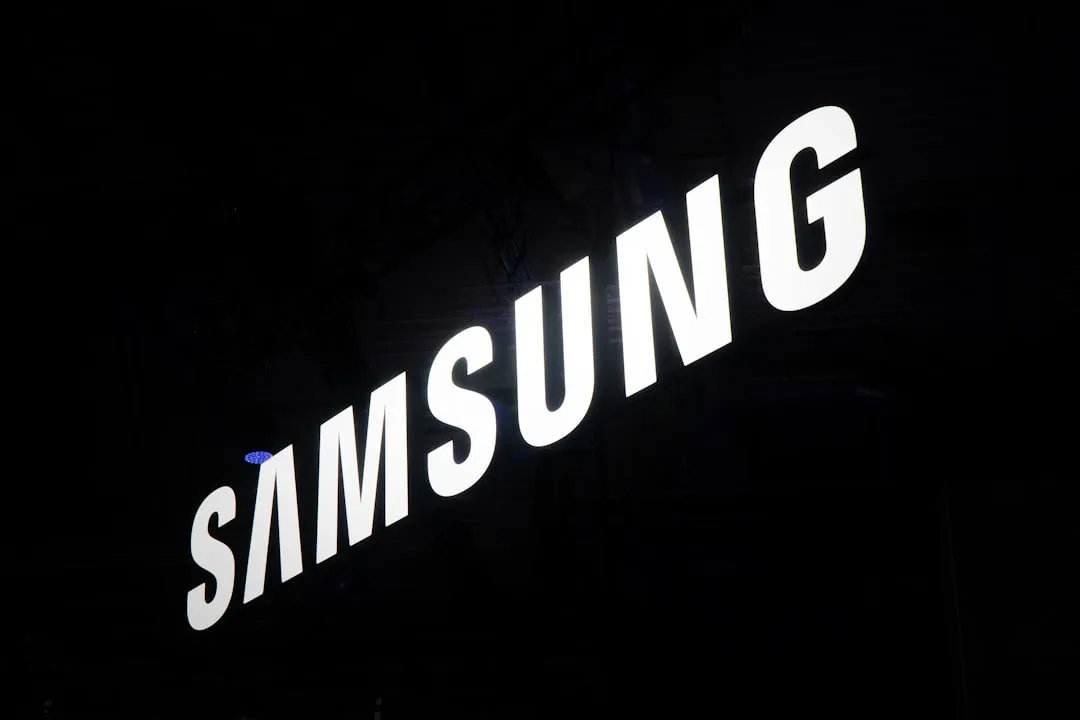

Comments
Be the first, drop a comment!